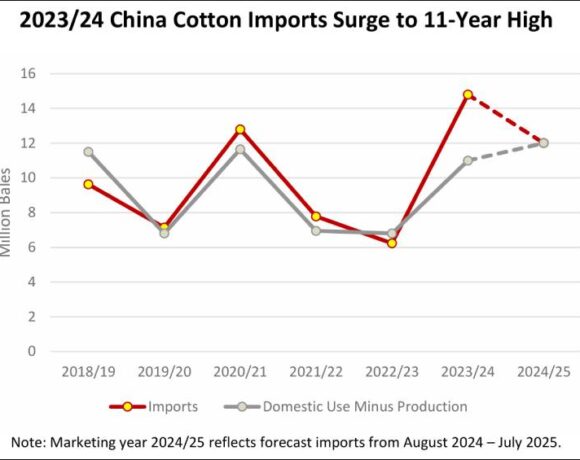19% Of US Garment Samples Have Banned Xinjiang Cotton: Study

A recent study has revealed that traces of banned Chinese cotton were found in 19 percent of garment and other merchandise samples selling at US stores in the past year.
The study highlighted challenges of complying with the US law aimed at blocking imports of cotton linked to forced labour in China.
The study was done by researchers from Natural Resource Analytics, isotope testing firm Stratum Reservoir and Applied DNA Sciences.
They analysed apparel samples, cotton swabs and shoes from big box retailers and ecommerce platforms, but declined to name the brands or retailers from whom they took the samples.
The researchers used isotopic testing, which can link cotton to specific geographic areas and they tested the samples for traces of cotton from Xinjiang, the far western region of China.
The United States banned all goods produced in China’s western Xinjiang region in 2022, following the enactment of a forced labour law signed by President Joe Biden in 2021.
Under the Uyghur Forced Labor Prevention Act, US Customs and Border Protection (CBP) can also block products made from Xinjiang cotton.
The US has alleged that China uses forced labour and has also committed genocide against Uyghur muslims.
It may be noted here that Xinjiang province accounts for over 90 percent of all cotton produced in China.
Countries including Vietnam, Cambodia and Bangladesh continue to import large quantities of finished fabric from China, which could have been produced from the banned Xinjiang cotton.















